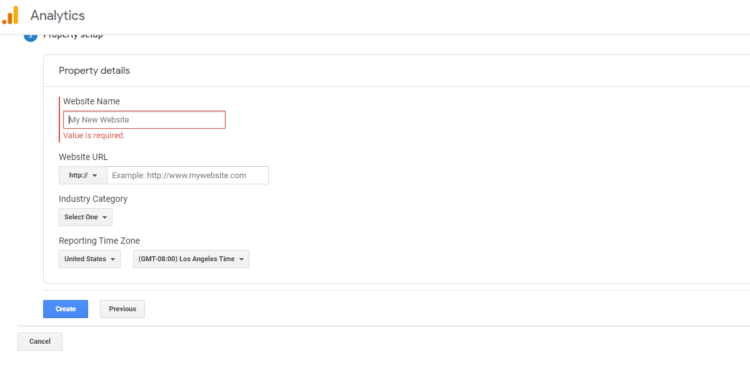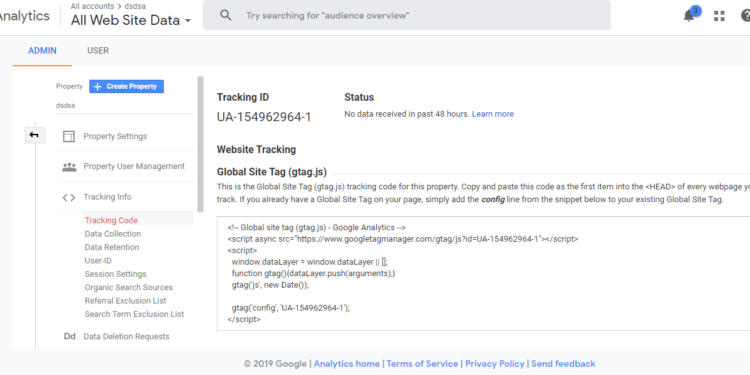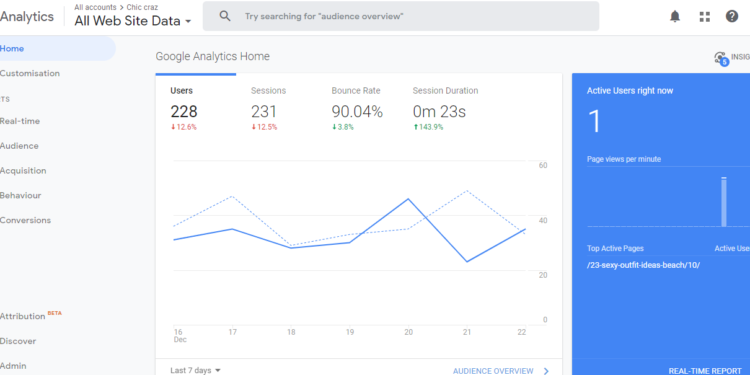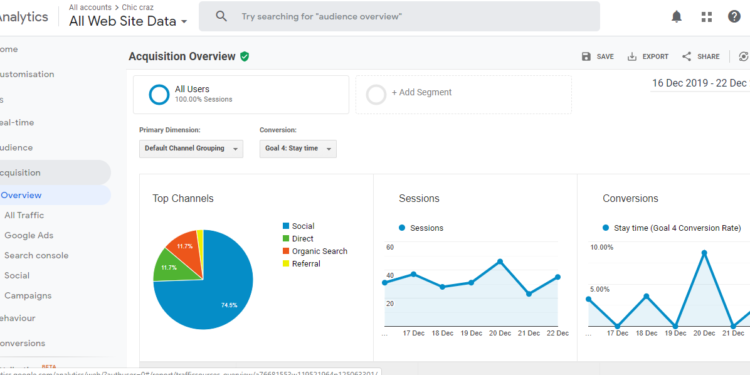If you’re following my SEO guides Part 1 and Part 2, its time to start Google Analytics guide. It’s the key to growing your website exposure by delving into your web insights.
A friend of mine was curious to learn Google Analytics so he got it for his website but after delving into the insights, he found it complicated to follow. That’s not the case with him only. Google Analytics offers a list of concepts and reports that you can’t learn in one go. You have to read about it and practice to become an expert in tracking your website analytics. And after you master the learning, you can maximize your business revenue because you will know how customers are interacting with your website.
By learning your customer’s data, you can mold your website weaknesses into strengths. That’s what GA is meant for.
In this Google Analytics guide, I’ll take you to the complete run-down of your website, so you can also measure how your website is performing.
Before we start, let’s take a quick look at what is Google Analytics.
What is Google Analytics?
Google Analytics is a free tool by Google which helps to track your website data in one place. From tracking the number of visitors on your website to the bounce rate on the pages, it has all reports you’re eager to learn about your business. And yes it’s free unless you want to use it for enterprise business. The free version is enough for small and mid-size businesses so you can avail the maximum features without cost.
Why Should I Use Google Analytics?
If you own an online business so you must know that it all depends on your website. The stronger the website, the greater the revenue. For example, if you own an e-commerce site, you must be eager to learn the products that are generating huge sales for your business. If you haven’t adopted the Artificial Intelligence yet on your website, then Google Analytics is the saviour. It will tell you the real-time visitors, the regions from where the traffic is coming and the activities that are engaging the audience on your site. So there are all pros of having GA for your site.
Now, let’s begin with the Google Analytics guide to using it.
How to Use Google Analytics?
First, let’s see how to set up GA on your website.
Steps to Follow
- Go to Google Analytics and sign in with your Google account.
- Create a GA account and enter the account name.
3. In the property details, insert website name, Website URL, select industry and select country of the website.
4. After accepting the terms and condition, you will get the tracking code with tracking ID, all you have to do is to copy this code and paste in the footer of your website.
5. Your GA will be active in the next 24 hours.
Terms in Google Analytics that You Should Know
1. Account
You need an account to access GA. It’s the place which contains all the properties in your dashboard. You can hold up to 50 properties in an account.
2. Property
Here you can add your Website or App you want to track.
3. Tracking ID
It’s a unique code that will be added to your website so you can track it on Analytics.
4. Conversion
The process which converts your website visitors into customers is called a conversion.
5. Channel/Traffic Source
This will tell you what is the source of your traffic, such as its referral, organic, or social media.
6. Session Duration
It tells you the duration of the visitor on your website.
7. Bounce Rate
Percentage of a visitor that bounced back just visiting your website. Bounce Rate should be as low as possible.
8. Event
It tells the visitor activity on your website such as watching a video, stopping a video, clicking on the ad, etc..
9. Landing Page
It tells you the landing page a visitor visits first.
10. Organic Search
Which search engine customers are using to search your site like Google, Bing, Yahoo etc..
11. Segment
The segment is to filter data, like category and type of visitors.
12. Acquisition
In this tab, you will get to know from which channel traffic is coming like from social media, organic, email, referral, etc.
13. Keywords
It tells from which keyword visitor visits your website You will get this in the behavior tab under site search.
14. Active Users
Shows how many visitors are currently active on your website.
Some Main Features of Google Analytics
-
Custom Report
In the customized report, you can make your own report, you can configure based on your categories, the customized tab is available on the right side just click on the tab and create your metrics.
2. Social Setting
Running a social media marketing campaign is not enough. To make your campaign successful you need to track results. Google Analytics allows you to integrate social media into your tracking metrics. You can add them to social media settings. You can also track social media campaigns through the Acquisition section.
3. Add User
You can give access to your GA to other members as well so that they can also view and track the results. Go to admin and add the email address of the person you want to add.
Google Analytics Options
-
Real-Time
In the real-time option, you can see the real-time users available on your website. You can also know their location and source as well.
Next option is the Audience
2. Audience
In this option you will know about the overall audience. The number of new visitors coming on your website and the percentage of returning customers, you will also get to know about audience country, city, device, and languages as well even browser from which browser visitor visited your website. Not only this, but you will also know about the age and gender of the visitor. How insightful?
One of the best features which I love about analytics is USER FLOW option. In this option, you will see the user flow. Means you will know from which country user came on your website, which page he/she visited first and from that page where they moved.
Next option is Acquisition
3. Acquisition
This option tells in-depth about which channel user visited the most.
- Organic Search
- Direct
- Referral
- Social
It also tells from which organic keyword user visited, which social platform and which website referred to yours.
There is another option named as conversion.
4. Conversion
In this option, you can set a goal so that you will know the query that’s converting into sales.
Conclusion
If you’re following my SEO guides Part 1 and Part 2, this blog will also add to your knowledge of learning the results after implementing SEO to your website.
Stay tuned to this website as in my next blog I’ll cover Google Search Engine Console. Till then I’ll be happy to know if I have helped your learning.
Any Questions?


















Such a great article. I want to talk with the author and learn more.